What if rice became the most expensive thing in your shopping cart—more than meat, more than sushi?
In Japan, it just did.
Prices are spiking. Billions of yen are at stake.
And the real shock? It’s not a supply problem.
It’s what’s happening behind the scenes—with politicians, undisclosed stockpiles, and one wildcard minister shaking up the system.
This isn’t just an agriculture story.
This is about power, pressure, and a politician you’d never expect stepping into the mess.

Table of Contents
🏷️ Rice Goes Gourmet—But Not in a Good Way

1. Rice prices in Japan have nearly doubled, and a 5kg bag now costs 4,285 yen—which is around three to five times expensive than neighborhood asian countries.
2. Even in Japan, people weren’t sure why the prices suddenly spiked.
3. But lately, the real reasons behind the jump in rice prices are beginning to surface.
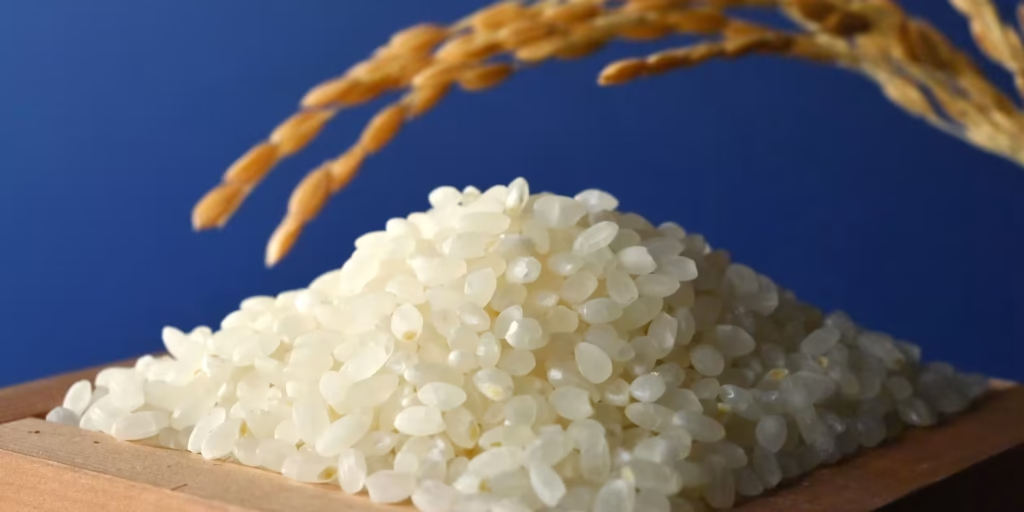
🌾 The Heat Hits Hard—And So Does the Harvest

4. Japan’s main rice variety is called Koshihikari.
5. Koshihikari is known to produce less rice when there’s a long stretch of extreme heat.
6. Japan suffered from major heatwaves in both 2023 and 2024.
7. Despite two years of intense heat, the Ministry of Agriculture said the 2024 rice harvest reached 6.79 million tons—180,000 tons more than in 2023, which had 6.61 million.
🏦 Where Did All the Rice Go?
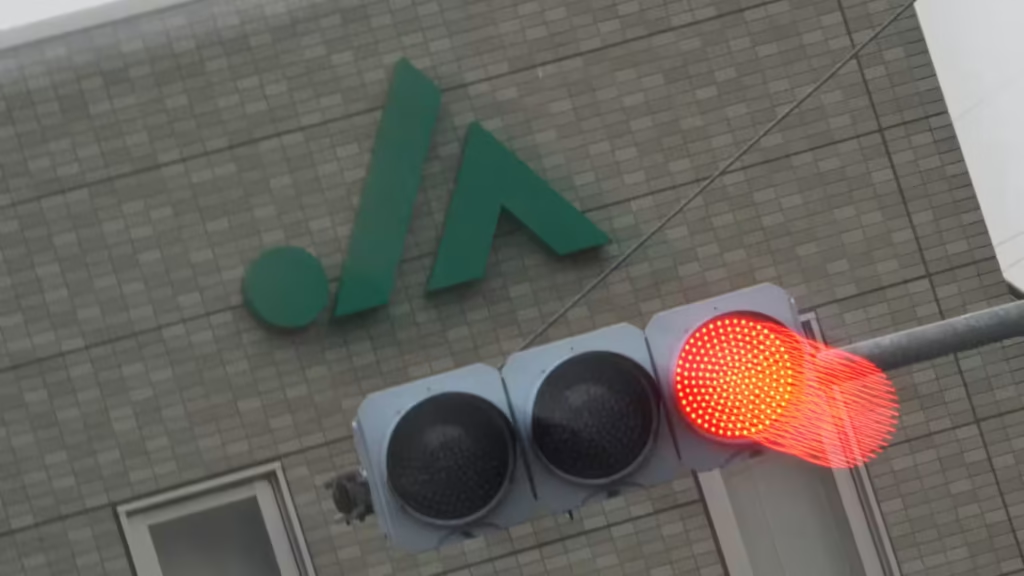
8. But JA Zen-Noh, a massive farmers’ co-op kind of like a privatized version of the USDA, bought 230,000 tons less than it did in 2023.
9. The Agriculture Minister suggested that speculative trading might be one factor behind the unexplained drop in official rice purchases.
10. If the harvest went up by 180,000 tons, but purchasing dropped by 230,000, that means up to 410,000 tons of rice may be held in private reserves, with some observers raising questions about potential ties to trading trends.
11. The government continues to cite speculators, though their identities remain unclear.

🧯 The Government Steps In (Sort Of)
12. To deal with the spike, the Japanese government started releasing 310,000 tons of stockpiled rice on March 10, 2025.
13. If speculators were hoarding rice, the idea was that they’d start selling once government rice flooded the market.
14. But so far, there’s little indication that speculative stockpiles are being released.
15. The government sold the stockpiled rice through competitive bidding, but that turned out to be a problem of its own.
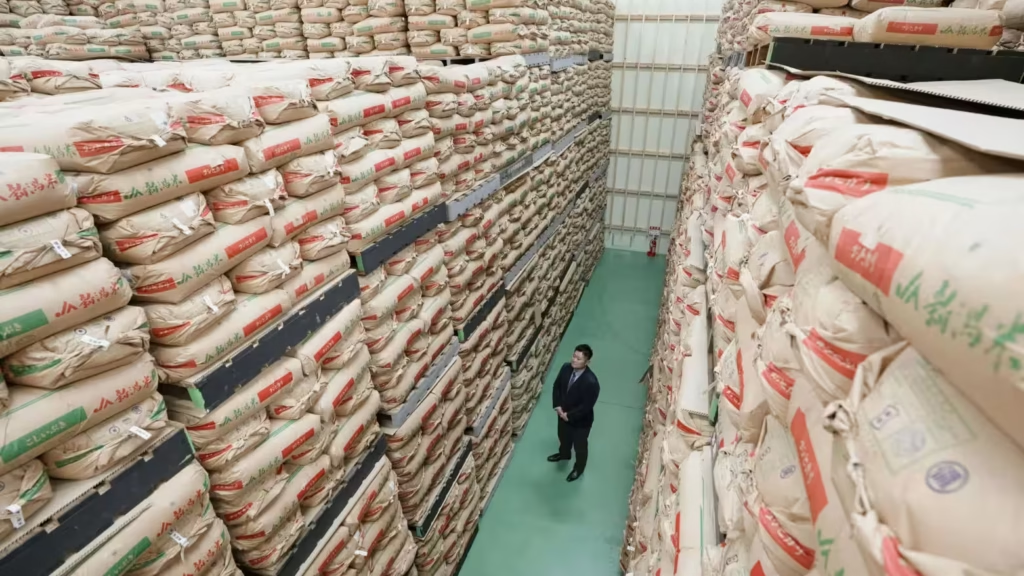
🛒 Big Co-op, Bigger Appetite
16. Out of 310,000 tons, JA Zen-Noh acquired 296,000 tons—representing the vast majority of the released rice.
17. But they only passed on 104,000 tons to wholesale sellers and held on to the rest.
18. The wholesalers who got rice from JA Zen-Noh also kept more than 80,000 tons. Only about 20,000 tons actually made it into stores.
19. So even though the government released its reserve rice in March, prices kept climbing.
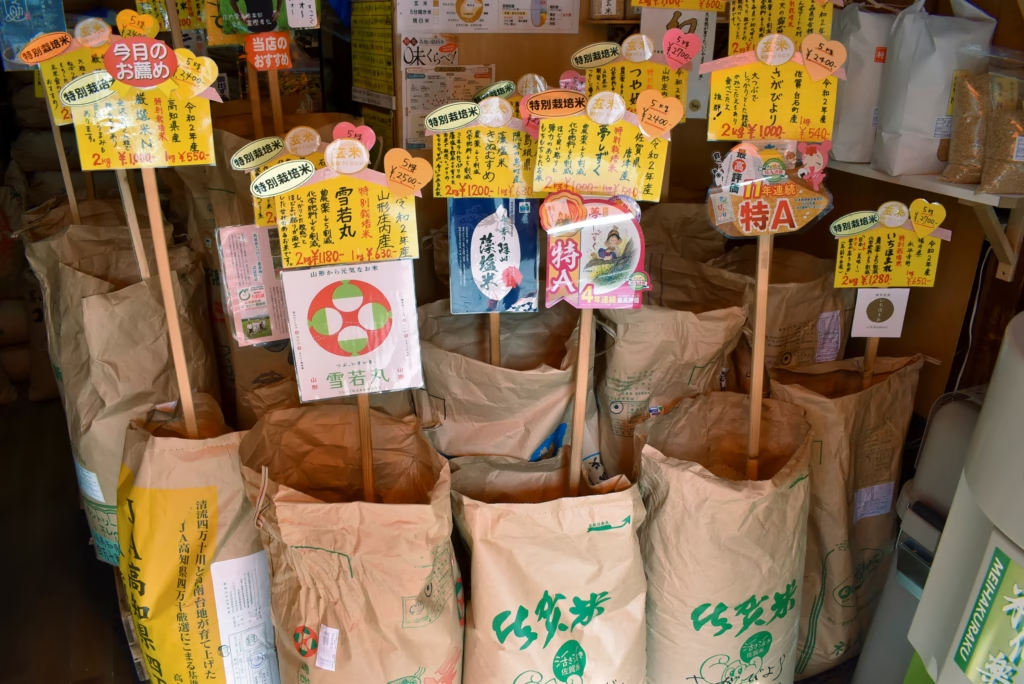
🗳️ Politics in the Pantry and Election is Coming!
20. JA Zen-Noh, with its 10 million members, has maintained a historically close association with Japan’s ruling party, the Liberal Democratic Party (LDP).
21. Their members vote for a specific group of pro-farm politicians inside the LDP called the “Norin-zoku.”
22. A major figure in that group is Hiroshi Moriyama, the LDP’s Secretary-General.

23. Moriyama defended high prices, saying, “Cheap rice isn’t always good. No rice without farmers.”
24. JA Zen-Noh sells rice to the government in a bulk-buy system, so the higher the market price, the more money they make.
25. Higher rice prices may benefit the cooperative under the current bulk-buying system.
26. Many critics say the real reason behind the rice crisis is this mix: bad weather, a co-op that profits from high prices, and politicians who depend on that co-op’s support.
27. The Minister of Agriculture was fired on May 20 after saying, “I’ve never bought rice before.” Not the best line in the middle of a rice crisis.

28. Japan has an upper house election coming up in July.
🚀 Enter Koizumi: Legacy, Loose Talk, and a Lot to Prove

29. To shake things up, Prime Minister Ishiba appointed Shinjiro Koizumi as the new Minister of Agriculture.
30. Koizumi is known for his unconventional remarks and outspoken style, often drawing public attention with his dramatic tone.
31. He once said, “We should tackle climate change in a way that’s fun, cool, and sexy.”
32. While serving as Environment Minister, he announced Japan would cut its greenhouse gas emissions by 46% by 2030.
33. When asked how he came up with that number, he replied, “The number 46 just popped into my head.”
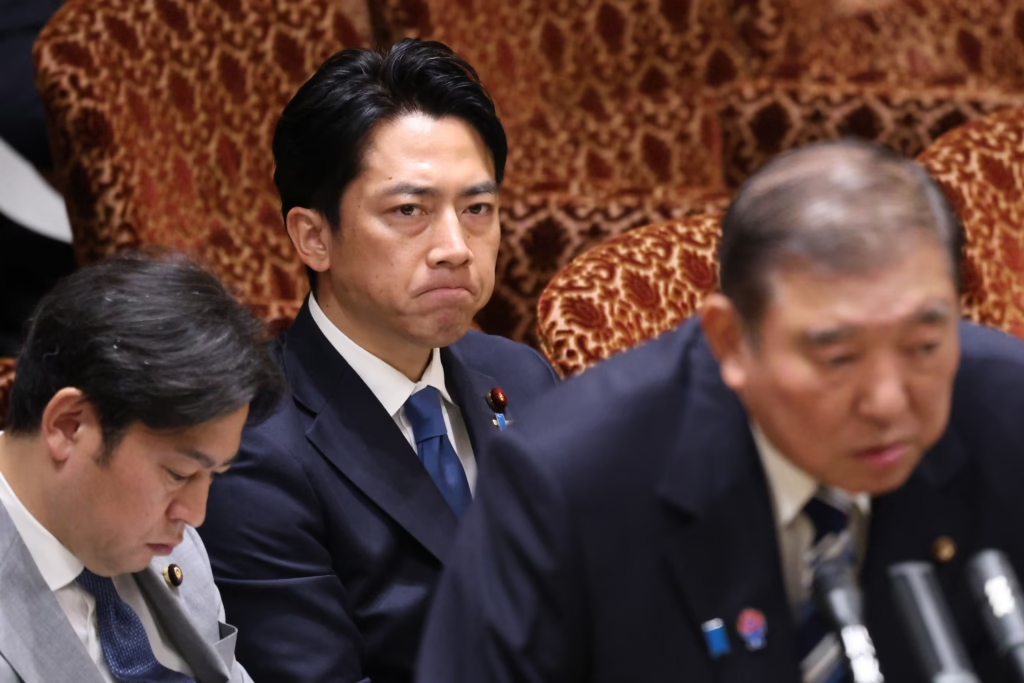
34. Another classic Koizumi line: “When the economy gets better, we’ll come out of the recession.” Obvious—but somehow memorable.
35. Other quirky but well-known quotes? “To change, we need change.” And: “My wife and I have the same wedding anniversary.”
36. Despite sounding eccentric, many believe he plays up this image on purpose to make himself harder to attack politically.
37. He’s also the son of former Prime Minister Junichiro Koizumi, and he’s often targeted by rival conservative factions.
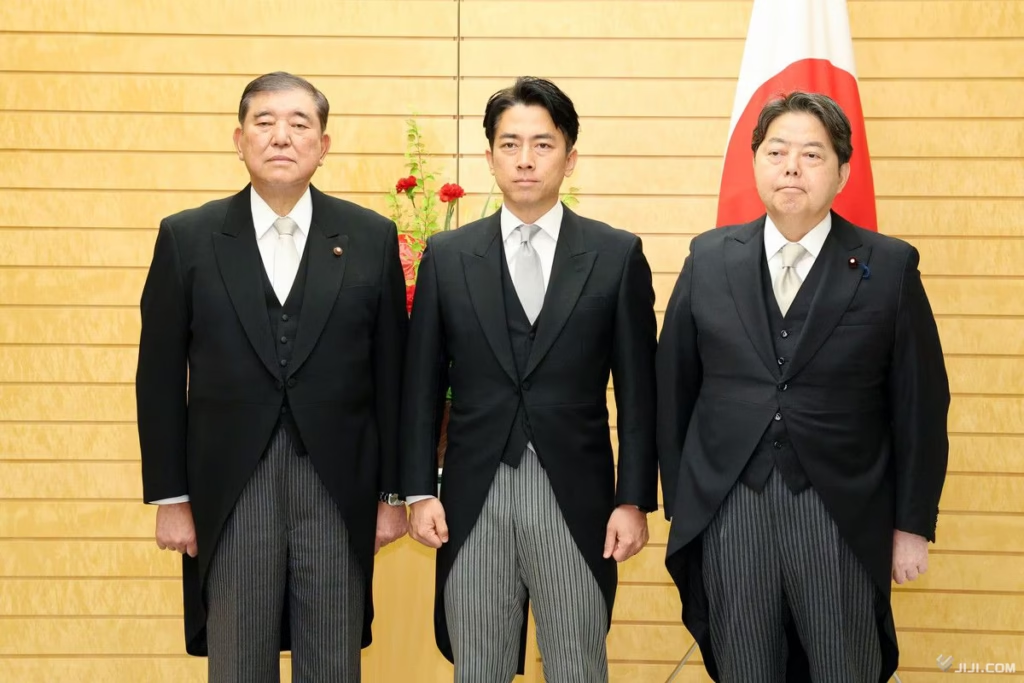
38. Some think he acts offbeat to dodge criticism and blunt political attacks.
🎤 His First Move: Cut the Nonsense, Cut the Price
40. In his first speech as Minister, Koizumi said, “The most important thing right now is not catering to any particular interest group,” a remark widely seen as aimed at JA Zen-Noh and Norin-zoku politicians.

41. He ended the competitive bidding process and started selling rice directly to wholesalers and big chain stores at half the price.
42. The rice is now being sold through offline retailers like Aeon, Ito-Yokado, and FamilyMart, and online via Rakuten and Yahoo Japan.

43. The first 300,000 tons released includes 200,000 tons from the 2022 crop, and 100,000 tons from 2021.
44. The 2022 rice is being sold at 2,000 yen for 5kg; the 2021 rice at 1,800 yen—a major drop from current prices.
45. Because the government stores rice in brown, unprocessed form, it still needs to be milled and packaged before hitting the shelves.
46. Retailers with their own milling equipment began putting rice on shelves starting June 1, and others are expected to start shipping it out later this month.

Cheap Rice, Expensive Politics

Half-priced rice is finally rolling out in Japanese supermarkets.
But will it bring relief to shoppers—or just spark a fresh wave of political heat?
The real tension isn’t just at the cash register.
It’s in the halls of power.
At 44, Shinjiro Koizumi has already won six elections and inherited his father’s district. But this time, he’s not playing heir—he’s playing challenger.
His efforts go beyond tackling food prices—they challenge longstanding agricultural institutions like JA Zen-Noh and the LDP’s established farm policy group.
Now, the public sees the split:
One side protects the system. The other says it’s time to serve the people.
If Koizumi’s bold move to undercut the rice market works, he may emerge as the unlikely reformer Japan didn’t expect—but might now need.
If it backfires?
He’ll learn that even half-priced rice can come at a full political cost.
One thing’s clear:
This isn’t just a policy shift.
it reflects a broader tension between traditional institutions and reform efforts.

Discover more from Alphazen Dynamics
Subscribe to get the latest posts sent to your email.



